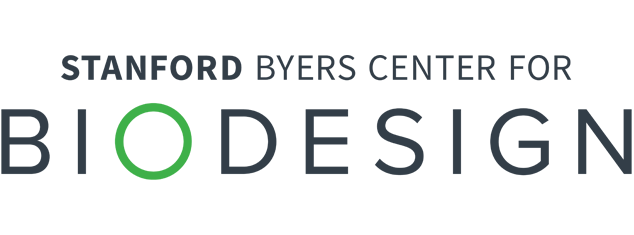Million+ Patients Helped
Newborn Resuscitation Windmill Health
Avijit Bansal
Co-Founder & CEO
Stanford-India Biodesign Fellow 2011-12
"One day while I was training as a resident, I visited my mother, who is also a doctor, at her clinic. As I waited in her consulting room, a twelve-year-old boy suddenly collapsed. My mother saw that he wasn’t breathing and sprang into action, delivering artificial breaths with a bag-mask device and giving vigorous cardiac compression. She pushed and pumped until her hands became sore and her arms cramped, yet she never gave up until she saw the color rush back into the boy’s face. The episode seemed to last for hours but actually transpired in just 20 intense minutes.
As I worked as a doctor, I gained personal experience performing resuscitations. Yet, despite ample training and practice, each event was marked by chaos, confusion, and anxiety. The problem was that the dominant hand of the person doing the resuscitation was occupied by the task of compressing the ventilation bag. This left only one hand to perform the triple maneuver of jaw-thrust, chin lift, and neck tilt, in addition to using the fingers of that same hand to create the all-important face mask seal. I remember thinking that if doctors could compress the bag by foot, then they would have another free hand to help save the patient.
When I became a Stanford-India Biodesign Fellows, my team and I decided to tackle these challenges to help save the 800,000 newborns who fail to breathe every year. After lots of hard work, we introduced the first foot-operated resuscitator for newborns. The device, which can be used by a single operator, allows that individual to use both hands to hold and secure the mask, which reduces air leakage by half. It also has built-in suction to remove any mucus blocking the airway. And it monitors air pressure and can control oxygen levels without requiring a battery or electric power, which makes it functional in urban and rural settings alike.
Had I not seen my mother save that child, and then felt the aches in my own hands while working to save a life, I never would have had the inspiration to improve resuscitation for babies and doctors around the world."

“Had I not seen my mother save that child, and then felt the aches in my own hands while working to save a life, I never would have had the inspiration to improve resuscitation for babies and doctors around the world.”
Disclaimer of Endorsement: All references to specific products, companies, or services, including links to external sites, are for educational purposes only and do not constitute or imply an endorsement by the Byers Center for Biodesign or Stanford University.

